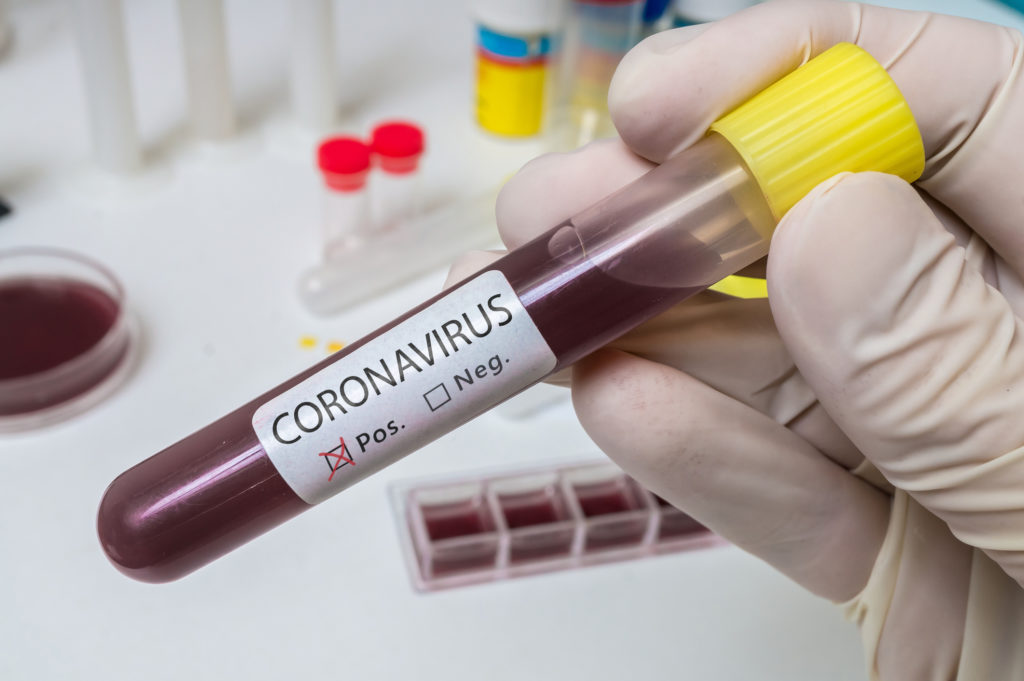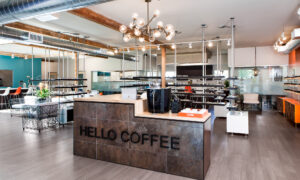By Mark Wright, OD, FCOVD,
and Carole Burns, OD, FCOVD

March 11, 2020
The Coronavirus shows signs of spreading. Is your practice ready to take precautions, and withstand possible staff absences and infected patients? Here are key actions to take to prepare your practice to withstand a public health crisis.
COVID-19 is the specific illness related to the current epidemic. The acronym, provided by the World Health Organization, stands for “coronavirus disease 2019,” referring to the year the virus was first detected.
It is important to address this issue proactively rather than reactively in our practices. It is imperative that the issue be addressed from the perspective of safety and health to both our patients and to our employees. Everyone within the practice must understand and believe in the overall concept, in specific protocols, and in their role in the process. Patients must also be informed so they have both confidence and peace of mind when they come into the practice.
Here is an outline of specific actions to take. As you walk through your office you may think of more things to do. Safe and healthy is the message we want to communicate consistently and clearly.
1) SANITIZATION
a) Personal cleanliness, EVERYONE
i) Wash hands with soap and water for a minimum of 20 sec (e.g.: sing happy birthday twice).
(1) Wash your hands before eating, after using the restroom, sneezing, coughing or blowing your nose.
(2) Do not touch your face or eyes without washing hands.
(3) Use disinfectant when it is not possible to wash your hands.
(4) Cover your mouth if you cough or sneeze with a tissue, discard the tissue in the trash and wash your hands.
Other Articles to Explore
ii) Disinfect hard surfaces morning, midday and evening, as well as after any encounter with that surface. During the day …
(a) If the surface is dirty, use detergent or soap and water to clean, discard paper towel
(b) After dirt is removed, use Clorox/Lysol wipes to clean all hard surfaces.
(c) When wipes are absent, pre-mixed spray bottles containing (1 quart of water with 4 teaspoons of bleach), should be used to wipe down all surfaces, use disposable gloves with paper towel. After all surfaces are wiped discard paper towel and gloves.
(d) Clean all computer keyboards in all offices morning, midday and evening.
(e) Clean digital signature tablets after each patient. Use designated cleaners, assure patient you disinfect after every patient.
b) FRONT OFFICE: (have patients see the process in the office and tell patients) “We have implemented a new healthy, clean and safe disinfection process.”
(1) Wipe down all surfaces morning, midday and evening plus before each patient encounter.
(2) Eliminate all clutter on front desk (it will be easier to clean).
(3) Eliminate all bowls of mints or candy.
(4) Eliminate pens from cups. All pens are to be sanitized in front of the patient and then given to the patient. After they sign in, the pen is again sanitized.
(5) Check people in by staff signing them in. “Hi my name is XXX, are you here for a scheduled appointment today? I will check you in” Or if they must write something, give them a pen that is disinfected in front of them.
ii) OPTOMETRIC ASSISTANTS (have patients see the process, discuss what is being done, “We have implemented a clean and safe disinfection process”)
(1) Greet with a wave, fist bump or elbow bump, or toe tap but no handshake or hug (we are in a fist bump zone only).
(2) In exam rooms, use alcohol wipes to wipe down the equipment in front of each patient. When alcohol pads are not present, use cotton balls and 70 percent alcohol to wipe instruments down.
(3) In exam rooms, use alcohol for 10 seconds on tonometer, i-care, (sing happy birthday once).
(4) Clean counter tops in exam rooms morning, midday and evening plus before each patient encounter. Eliminate all clutter on counter tops in exam rooms, it will be easier to clean.
(5) Clean door knobs to all exam rooms before each patient encounter.
iii) OPTICIANS
(1) Disinfect all optician desk surfaces before or after each patient, share with the patient, “We have implemented a clean and safe disinfection process.” (Eliminate all clutter on optician surfaces, it will be easier to disinfect.)
(2) All pens are sanitized and given to the patient, after they sign in, the pen is again sanitized.
(3) Sanitize all eyewear before handing the frame to the patient. Sanitize all frame boards morning, midday and evening.
(4) Sanitize the pupillometer in front of the patient before taking a measurement.
iv) DOCTORS
(1) Declutter all offices/consult rooms
(2) Share with patients, “We have implemented a new healthy, clean and safe disinfection process.”
(3) Wash hands before and after the patient encounter in front of the patient.
(4) Fist bump, elbow bump, toe tap or wave to greet the patient.
(5) Verify with your optometric assistant that your tonometer tip was sterilized properly.
v) STAFF REST ROOMS
(1) Self-Care – every employee must clean the toilet seat and bowl – do not leave anything for someone else to clean. Use wipes and do not flush the wipes.
(2) Clean the sink and floor if necessary.
vi) PATIENT RESTROOM
Designated person(s) will clean morning, midday and evening.
2) PROTOCOL FOR PROTECTION
a) NEW GREETING
i) Only a fist bump, elbow bump, toe tap or wave to greet.
ii) No handshakes or hugs.
b) WHAT TO DO IF A PATIENT IS ILL
i) If they show up ill, reschedule them. “I am so sorry you are not feeling well, to protect you and all of our patients, let me reschedule your appointment.”
ii) Anyone calling to cancel because they are ill say, “Thank you for calling us, we are happy to reschedule you for when you feel better.”
c) WHAT TO DO IF AN EMPLOYEE IS ILL
i) If you have any of the following symptoms: fever, body aches or sore throat, do not come in to the office. It is better to be overly cautious. The vast majority of patients who get this virus are fine in 7-14 days. If you come in ill, you will be sent home, no exceptions.
ii) Be flexible, offer to help in an area that is not your own, if employees are ill there may be moving of patients. All must be willing to pitch in to help in other areas.
3) COMMUNICATION TO PATIENTS
a) E-mail to all patients explaining what to expect when they come into the office.
b) Web site and Instagram should contain messages about the changes in protocol with an emphasis on “Healthy and Safe.”
c) Signs need to be made for all offices (made professionally so they can be cleaned):
(1) We are clean and disinfected, safe and sanitized, in the clean zone. You are in a disinfection zone.
(2) Picture of acceptable ways to greet someone in the office (fist bump, elbow bump, toe tap or wave to greet).
(a) If you are ill, we will reschedule your appointment.
It’s far better to be viewed as overly proactive than find yourself on the evening news trying to explain why you didn’t protect your patients and employees.
References
https://www.cdc.gov/coronavirus/2019-ncov/about/index.html




























